Johann Nejedly Tarok Cards
Johann Nejedly, a 19th-century Viennese card maker, produced Tarock cards featuring modern scenes that reflect the artistic and cultural trends of the time.
Johann Nejedly, a card manufacturer, is documented in the formerly independent village of Ottakring, which has been part of Vienna since 1892. The surname Nejedly suggests Czech origins, as “Nejedlý” translates to “inedible” in English. In 1862, Johann Nejedly obtained a license to produce cards, with the last known pack dating from 1896. The company offered a wide range of products and underwent dynamic technological development typical of the second half of the 19th century. Among the common products of this period are tarock cards of the “Industrie und Glück” type, which exhibit several distinctive features that set them apart from typical productions of the time.
The design of some tarock cards in this deck can be described as an alternative variant of the Austrian tarock, Type B, according to the standard of The International Playing-Card Society. However, some cards depict atypical, often modern, period scenes.
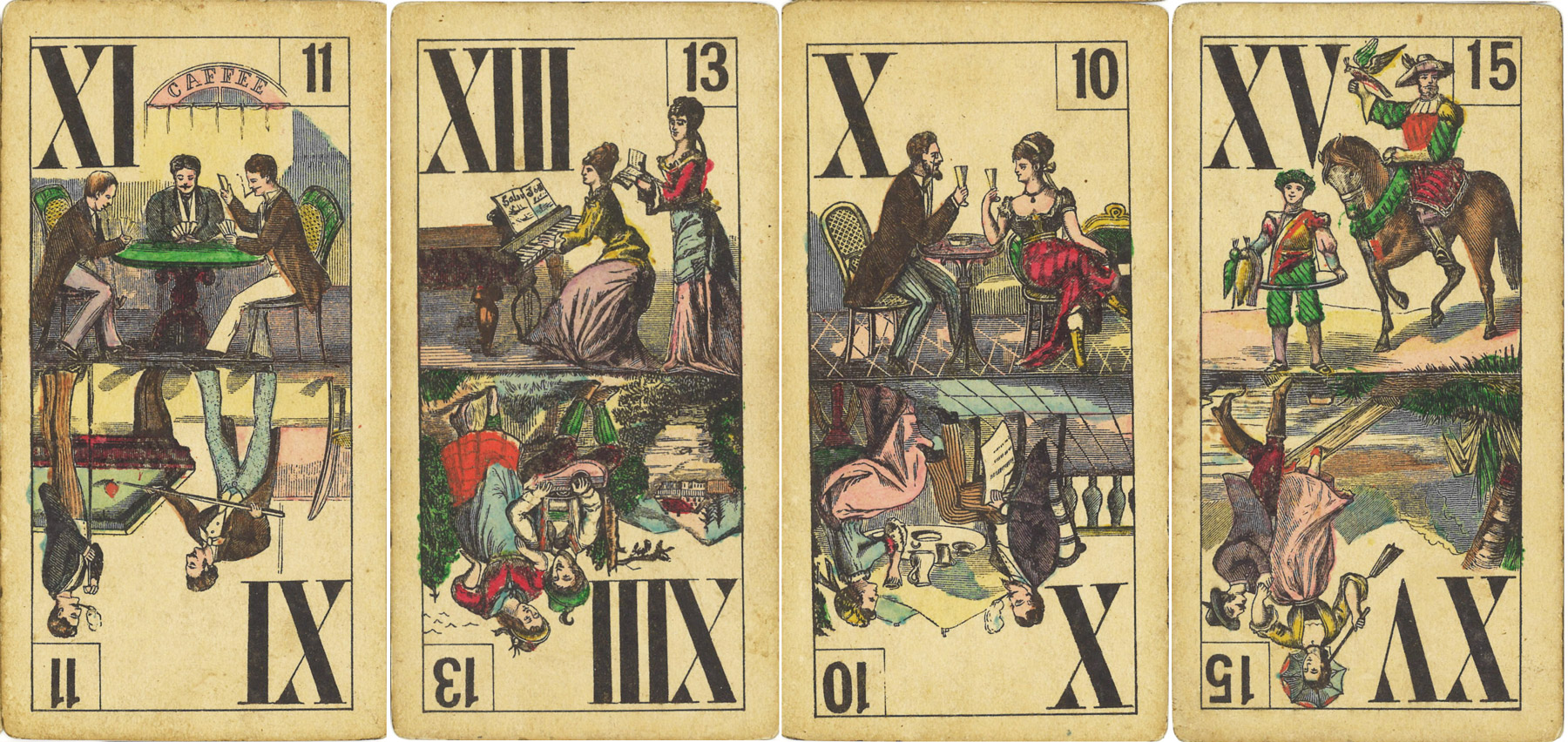
These tarock cards are also marked with Arabic numerals in the upper right corner.

Notably, the design of the tarock card with the value II features a double-headed eagle, referencing the heraldic emblem of the Austro-Hungarian Empire. This can be interpreted as a political statement, a rarity in contemporary production.

Similar corner indices, with only a color indication, are also present on all court cards.
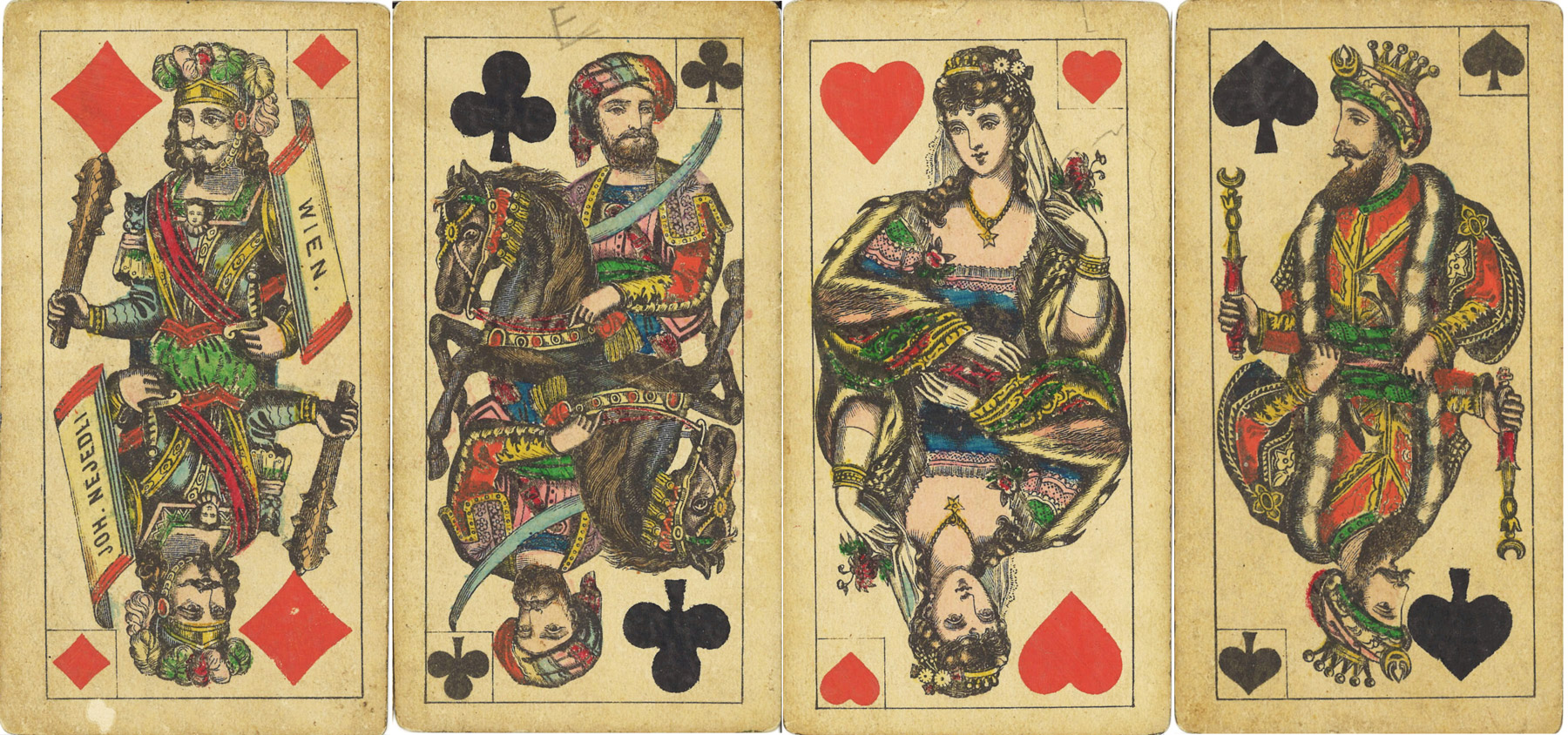
Based on the combination of the tax stamp and the company address on the heart card with a value of one, the deck of cards can be dated between 1882 and 1890.
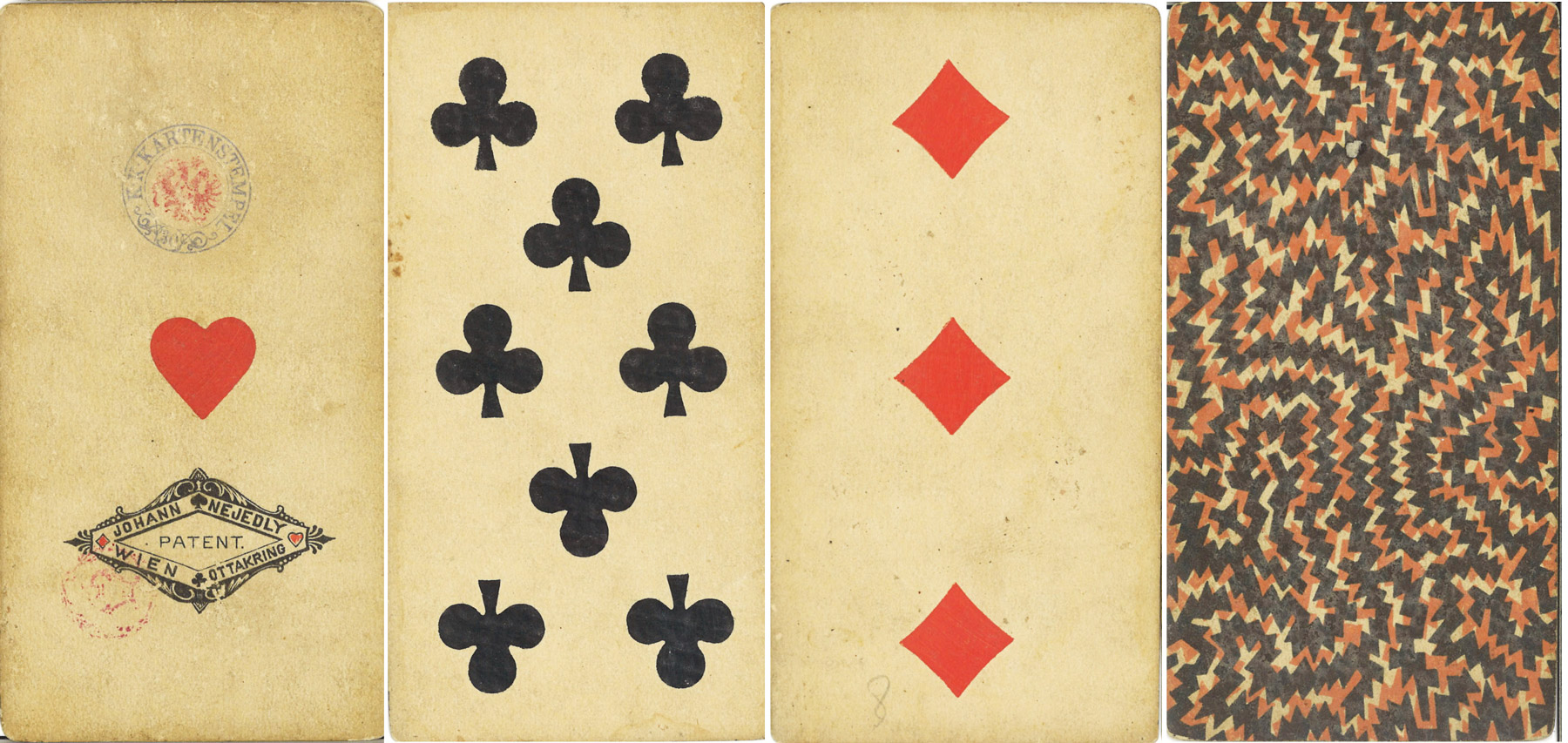
It remains uncertain whether the “PATENT” text on this card refers to the use of corner indices, the inherent graphics of the tarock cards, or if it is simply standard period text.
References
By Marek Brejcha
Czech Republic • Member since June 13, 2024 • Contact
My relationship with cards grew from playing to collecting and transformed into publishing as well. I am part of the team at Counter Clockwise, a small company that publishes traditional card games.

Leave a Reply
Your Name
Just nowRelated Articles
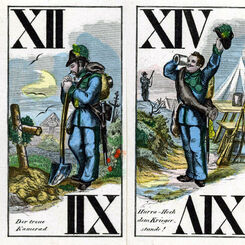
Militar-Tarock No. 38
Non-standard tarock cards combining theatrical and military themes by Joseph Glanz.

Julius Berndl and his Austrian tarock
Josef Glanz's Tarock: a classic deck with artistic innovation by Julius Berndl.

Gigerl-Tarock by Joseph Glanz
Urban Dandy caricature deck from 19th century Vienna designed by Julius Berndl.
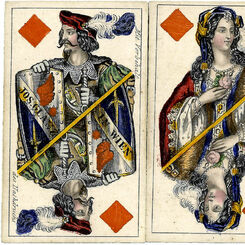
Patience by Joseph Glanz
A refined and distinctly European Patience pack by Joseph Glanz from Austria.

Tarock Nr. 71 by Ferd. Piatnik & Söhne
Special tarock deck for the Tyrolean game Droggn.
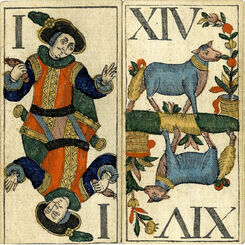
Animal Tarock by J. G. Pichler
Baroque tarock cards from the late 18th century.

Luditz Pattern by Georg Geiselreiter
The discovery of 2024 changes the current state of knowledge of the history of this pattern.
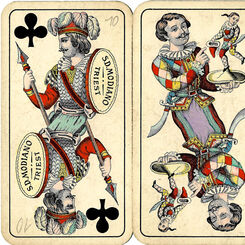
Austrian Tarock by S.D. Modiano
Modiano’s Austrian Tarock with country scenes has been in production for over 100 years.

Tarock Cards by NIL Spielkartenfabrik
A deck of tarock cards from the eastern end of the ending Austro-Hungarian Empire.

Whist by Ditha Moser
Ditha Moser created this minimalist Whist deck in 1905, in the style of the Vienna Secession art mov...
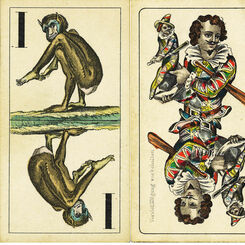
Joseph Sürch, Engraver
Joseph Sürch, a prominent Viennese engraver, made significant contributions to card sheet engraving ...
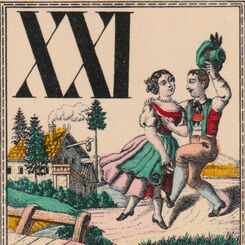
Tarok c.1900
Piatnik & Söhne “Industrie und Glück” Tarok c.1905-1910.

Jugendstil Tarock
‘Jugendstil Tarock’ was designed by Ditha Moser and first published by Albert Berger and Josef Glanz...
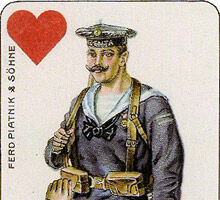
Soldaten Tarock
Piatnik was known for their magnificent quality of chromo-lithographic printing, and this facsimile,...
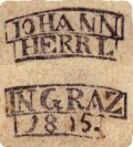
Mythological Tarock by Johann Herrl
French-suited Tarock deck made by Johann Herrl in Graz 1815.
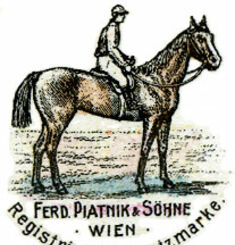
Piatnik Tarock
Deck of "Industrie und Glück" or "Rural Scenes" tarock cards manufactured by Ferd Piatnik & Söhne, V...
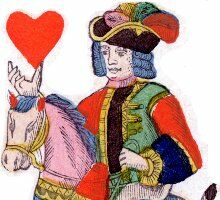
Tarock Cards
The earliest Tarot decks originated in Italy in the fifteenth century, with Italian suit symbols. Ho...
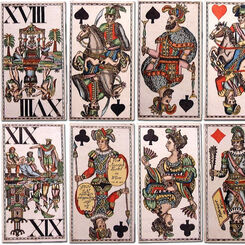
Estel Tarok
J. Estel Tarok, 1820.

Pittner Tarok
Ferd Pittner, Tarok Cards
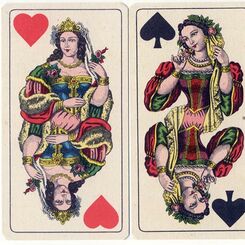
Adametz, Vienna
Cards from a 54-card "Austrian Tarock" or "Industrie und Glück Tarock" pack made by Franz Adametz of...
Most Popular
Our top articles from the past 60 days



 Your comment here. Your comment here. Your comment here. Your comment here. Your comment here. Your comment here. Your comment here. Your comment here. Your comment here. Your comment here. Your comment here. Your comment here. Your comment here. Your comment here. Your comment here. Your comment here. Your comment here. Your comment here. Your comment here. Your comment here. Your comment here. Your comment here. Your comment here. Your comment here. Your comment here. Your comment here. Your comment here. Your comment here. Your comment here. Your comment here. Your comment here. Your comment here.
Your comment here. Your comment here. Your comment here. Your comment here. Your comment here. Your comment here. Your comment here. Your comment here. Your comment here. Your comment here. Your comment here. Your comment here. Your comment here. Your comment here. Your comment here. Your comment here. Your comment here. Your comment here. Your comment here. Your comment here. Your comment here. Your comment here. Your comment here. Your comment here. Your comment here. Your comment here. Your comment here. Your comment here. Your comment here. Your comment here. Your comment here. Your comment here.




















